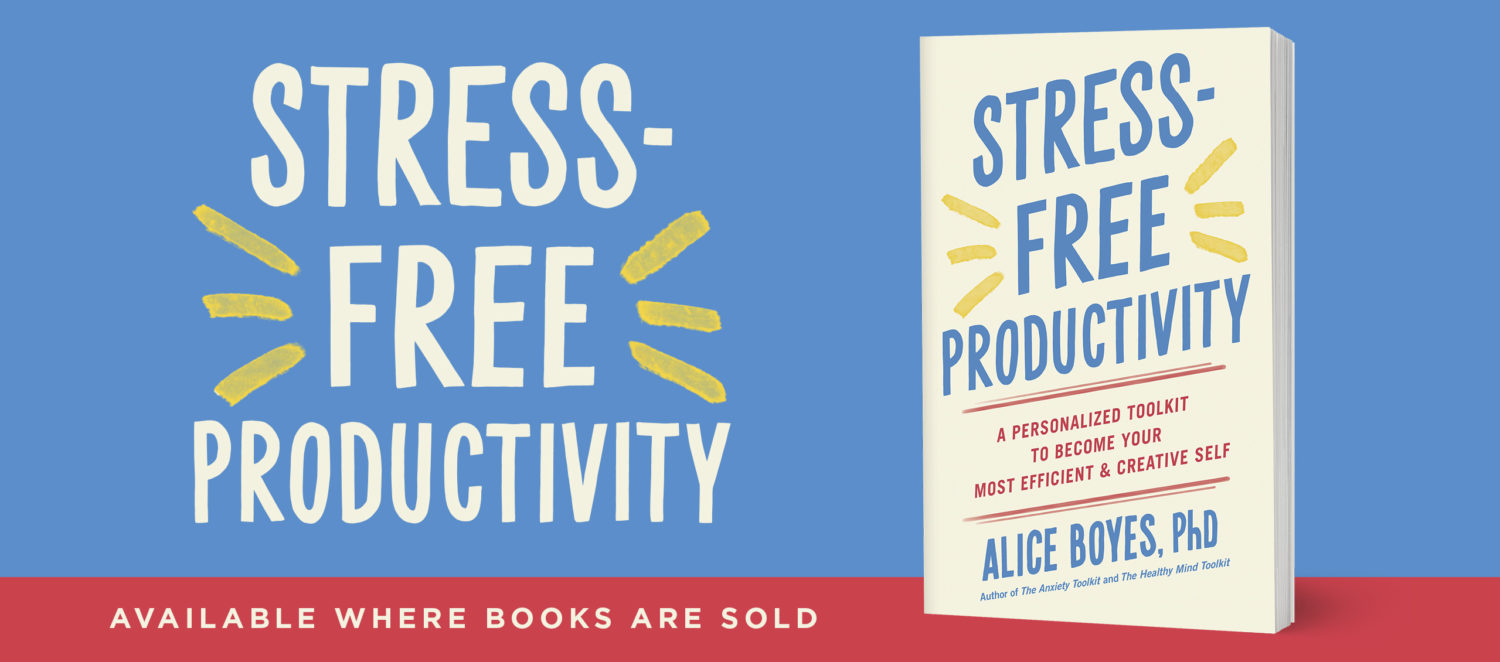How to Measure Your Happiness
I’ve previously written about how people make mistakes in predicting how happy something will make them (The rate of divorces is a good example of this mis-prediction). Or to put it another way, people make errors in estimating the impact of their specific behaviours on their thoughts and feelings.
When you’re contemplating a behaviour change (which includes trying out alternative coping to replace behaviours you’re not happy with) its a good idea to test – the status quo vs. the new thing
Example 1:
You have a habit of spending your evenings on the computer, even though you already spend a lot of time on the computer at work. You’re not entirely happy with this habit but you’re not sure if you want to change.
You could run an experiment in which
in Week 1 you behave as normal for a week.
in Week 2, you leave your computer turned off after work and do alternative activities.
In both weeks, you would do a quick set of ratings each day. You might choose to do your ratings once a day or, ideally, repeat the same ratings twice a day at roughly the same time each day – perhaps before going to bed and upon arriving at work.
What you choose to rate will depend on what’s important to you.
For example you could rate,
– your energy (0 = not energetic at all, 10 = extremely energetic)
– how creative you feel (0 = not at all, 10 = extremely)
– how happy you feel
– how irritable you feel
– how close to your family you feel
Choose 3-4 types of ratings to do (e.g. 3-4 from above list).
Example 2:
In my recent jogging post, I wrote that exercise helps decrease anxiety and improve mood.
Say you decide to jog at 6pm 3 times per week, using the Couch to 5K program recommended in the article.
If you want to get an accurate picture of the effect jogging is having on your mood and anxiety, you could rate how you feel in the 24 hours after jogging vs. equivalent 24 hour periods after not jogging.
You would need to decide what you want to rate.
You might decide that you will rate
– your anxiety (0 = not at all anxious, 10 = extremely anxious),
– your irritability , and
– your creativity (increased positive emotions are associated with broader, more flexible, more generous, and more creative thinking).
– how productive you’ve been
You decide on a scale to use 0 = not at all, 10 = extremely.
You decide to do the ratings for 2 weeks to get a good picture.
You might decide to do the ratings 4 times a day
e.g. upon waking, lunchtime, straight after jogging, when you go to bed.
And, it’s that easy.




